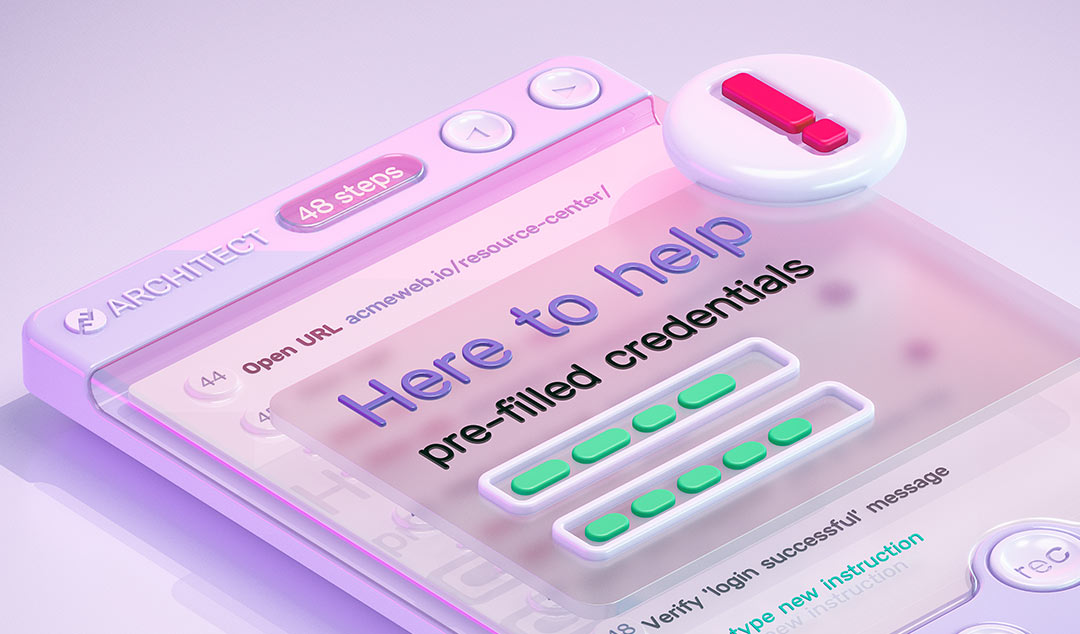How to Spot a Bad Software Tester
You can find more than a dozen articles on how to recognize a high-quality tester, but what about the bad tester?

Software testing can sometimes be a self-sacrificing career.
It’s the tester’s job to not only find bugs, but to also be the one to deliver the bad news when they are found. The adversity they face from developers, executives and stakeholders can be daunting, and it takes a strong and skilled tester to maintain their position. It is, ultimately, the tester that is responsible for upholding customer’s expectations and user experience by ensuring a working product.
Fortunately, the qualities of a good tester are well documented. One simple Google search and you can find more than a dozen articles on how to recognize a high-quality tester, but what about the bad software tester? How do you sniff out the good from the bad? After all, it is equally, if not more important, to know when you have a tester on your team that isn’t trying as hard or caring enough to want to be better.
To help you spot the bad software tester in your QA and testing team, here are five characteristics to look out for.
1. Lack of customer insight
A bad tester will not truly consider the end user’s point of view. Instead, they will either be more focused on what they think is most important or only care about the paycheck and nothing else.
2. Poor communication
Testers should be able to communicate clearly and concisely. Whether it’s verbally or in writing, a good tester can easily describe what the issue is and where the bug is located. If you have a tester on your team that is failing in any of these areas, it’s probably time to reconsider their position or, at the very least, bring it to their attention.
3. Stagnant skill set
The software industry is an ever-changing business and processes are often being modified to fit the new way of developing. It is the tester’s duty to keep up with the new requirements in order to best serve the company, team and customers. A bad tester just works to get the job done and nothing more, whereas a good tester will go beyond their current abilities and seek out new information, tools and knowledge.
4. No understanding of coding
It can be common for testers to have no coding knowledge and that’s okay. What’s not fine, however, is accepting that that’s just the way things are. When platforms like Functionize exist – enabling anyone to become a QA automation engineer without knowing how to write scripts and code – there is no excuse to say that an inability to code is keeping your QA and testing team members from performing different testing like automation. While in the earlier stages of development manual testing is required, automated testing is needed further down the road when there is an expectation to get more done in less time. Unfortunately, a bad tester will not realize this and simply refuse to do anything they perceive to be the programmer’s job.
5. Inability to investigate
Finding bugs and reporting them is absolutely an essential skill to have when you’re a tester. However, if you have a tester that is merely reporting a bug and nothing more, then that is a problem. It is absolutely necessary that the testers on your QA and testing team take it upon themselves to look further into the bugs they do find. With a little investigation, you can sometimes find that what may seem like a small, insignificant bug is actually part of a much larger issue.
These are just some of the ways you can tell if you have a bad seed in your QA and testing team. Don’t allow someone to do the bare minimum when your project and team’s integrity is on the line. It is the tester’s responsibility to upgrade themselves by learning the internals of your product, broadening their knowledge of new technologies and taking the time to think like the customer. Anyone who can’t keep up, well, you know what they say… If you can’t handle the heat, get out of the kitchen.











